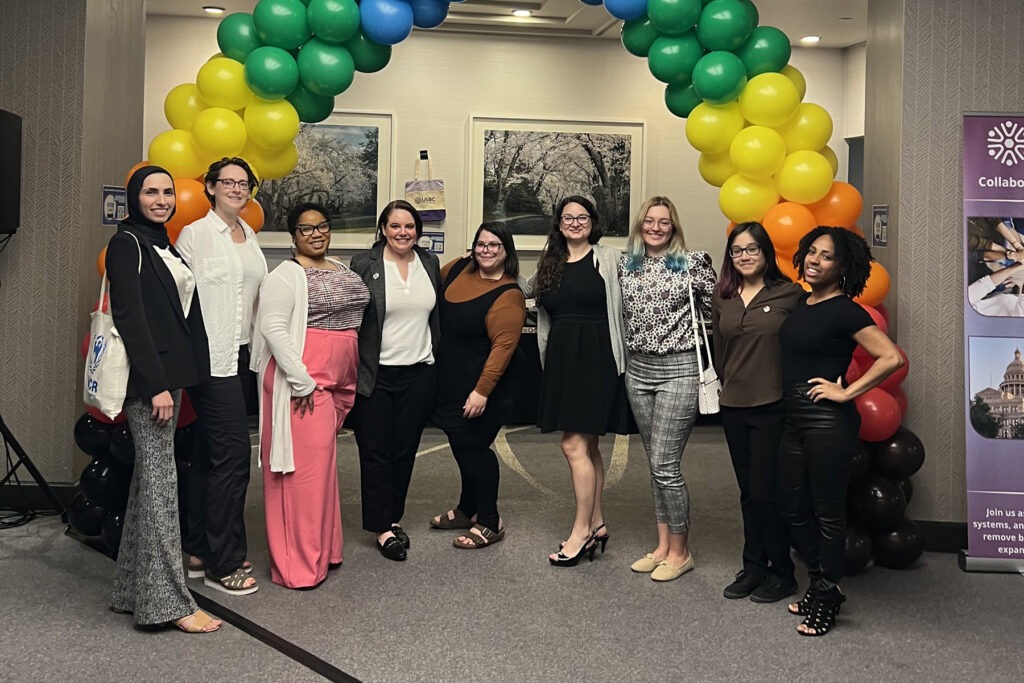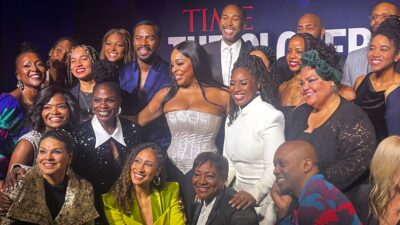Whether the experience involves an individual, organization or community, lasting transformation takes place from the inside out. This is the final content brief from our new Racial Equity Spotlight series. This set of three publications gives an insider’s view to a wide variety of WKKF grantee partners who are committed to transforming their internal practices and ways of being to strengthen their work in support of children and families.
In Brief
The U.S. Breastfeeding Committee (USBC), founded in 1998, has grown from a small group of breastfeeding advocates to a coalition of over 125 organizations collaborating to drive policy and practice changes that create a landscape of breastfeeding support across the United States. Recognizing the systemic inequities affecting breastfeeding rates, particularly among historically underserved and marginalized populations, the USBC embarked on a decades-long journey to advance racial equity in maternal child health. This journey began with intensive leadership training, focusing on individual learning and building the capacity to navigate organizational change. As a backbone institution using an equity-centered, collective-impact approach, the USBC has worked to extend this transformative journey to its member organizations and partners, aiming to foster widespread change in the field of maternal health
Why This Matters
Despite the well-documented benefits of breastfeeding, rates vary widely in the U.S. due to complex barriers that disproportionately impact historically underserved populations. Recognizing the need to address systemic inequities, USBC embarked on a journey to strengthen its own capacity for bringing about racial equity within its work . With the support of the W.K. Kellogg Foundation, USBC engaged consultants to provide intensive training for its leadership team and board of directors. As deputy director Amelia Psmythe Seger reflects, “We were supported to examine where and when our personal ideas about race were formed, and work together while building interpersonal rapport.”

The leadership team’s participation in this training laid the foundation for organizational changes, helping them work together to guide the USBC through the challenges of diversifying membership, forming equity-focused committees, and revising policies and bylaws. This commitment to staying the course together, even when faced with obstacles, has been instrumental in the USBC’s progress toward racial equity.
As Psmythe Seger reflects, “The center needs to hold, because organizational change is really messy. When resistance and fear come up, it is helpful to have people who are really connected to themselves and really connected to one another to do the work and see it through.”
USBC’s journey highlights the importance of starting with leadership and simultaneously focusing on structural and cultural change. It also underscores the need for patience, as equity-centered change takes time, especially within networks with multiple layers of approval. By creating “safe enough” spaces for authentic reflection and hard conversations, USBC fosters a sense of community and belonging among its members.
The Opportunity
The USBC’s equity journey offers valuable lessons for other organizations and collaboratives seeking to advance racial equity and transform their practices. Key takeaways include:
- Start where you have the greatest influence, investing in leadership teams to build a strong foundation for organizational change.
- Focus on both structural and cultural change within organizations to demonstrate equity in practice.
- Exercise patience, particularly when working with networks of organizations that require multiple layers of understanding and approval.
- Adapt approaches to suit different group sizes and compositions, recognizing that intimate leadership training may not translate directly to larger audiences.
- Create a “container” for equity-focused change, providing structures and resources that minimize harm while fostering authentic reflection and hard conversations.
- Keep the big picture in mind, viewing the challenging work of building capacity to advance racial equity as critical to the organization’s mission.
By sharing its story and lessons learned, the USBC demonstrates what it takes to work toward a more equitable landscape for children and families. Reflecting on USBC’s journey in this space, Psmythe Seger shares, “It can take a long time to build the necessary trust, but you know that you’ve got it when anyone can speak into a place of discomfort or dissenting or unpopular view.”
![]()








Comments